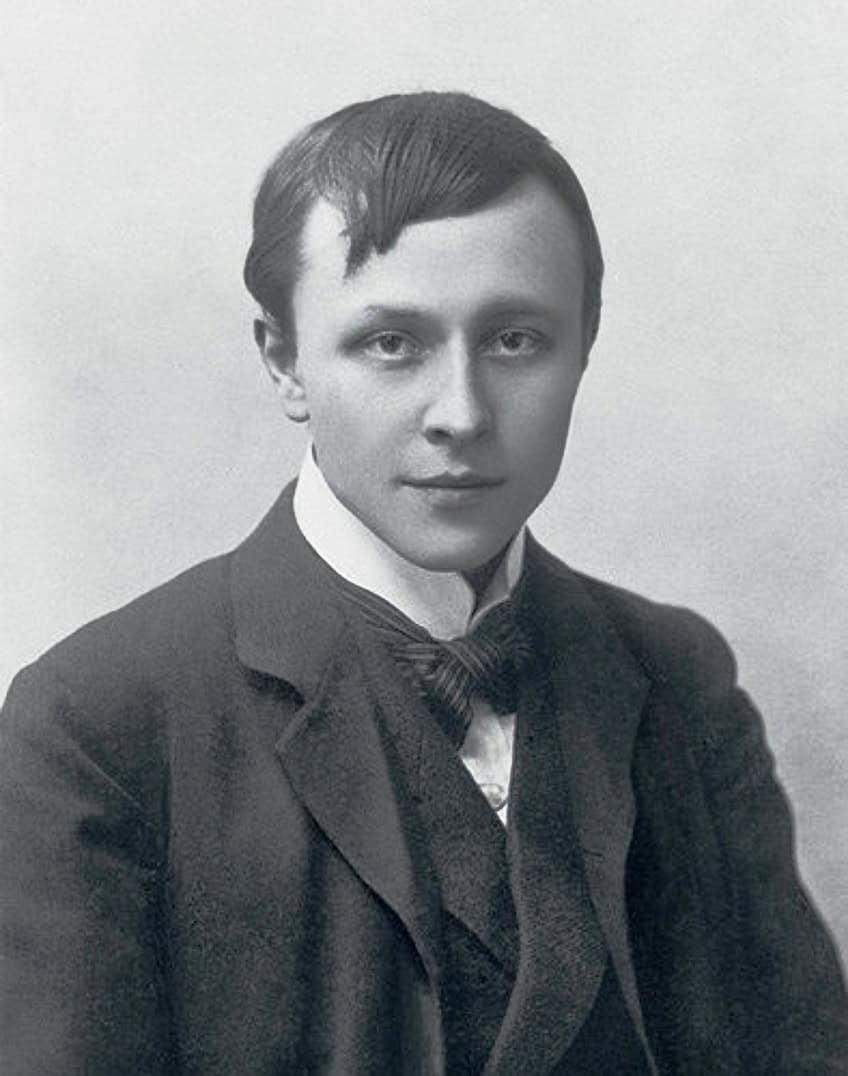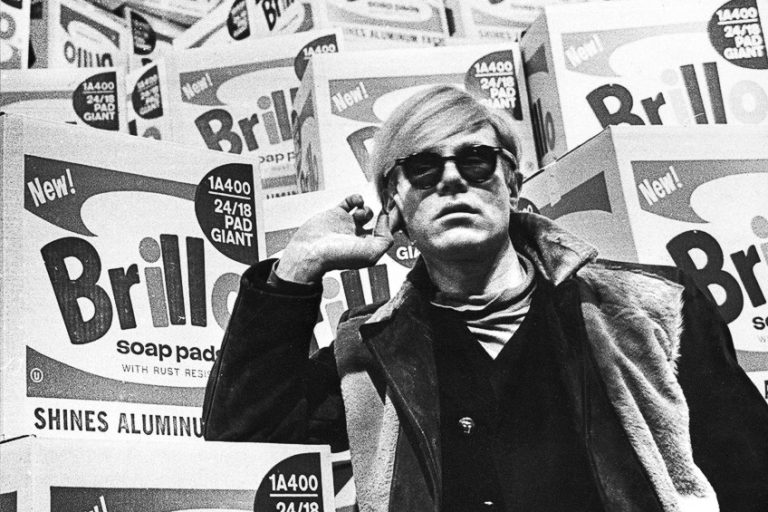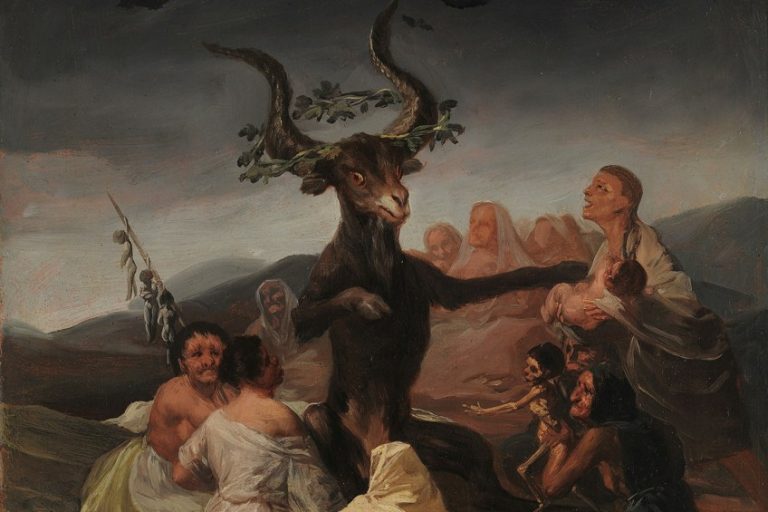Alfred Kubin – A Journey Through Dark Fantasy
Alfred Kubin, a prominent figure in the realm of Expressionist art, captivated audiences with his haunting and fantastical creations. Born in Austria in 1877, Kubin’s work delved into the depths of the human psyche, exploring themes of dreams, nightmares, and the macabre. His mastery of drawing and etching techniques lent an ethereal quality to his works, drawing viewers into surreal worlds filled with eerie landscapes, grotesque figures, and symbolic imagery. Kubin’s art not only reflected the tumultuous times of early 20th-century Europe but also anticipated the psychological and fantastical themes that would later influence movements like Surrealism.
Key Takeaways
- Alfred Kubin is acknowledged as a significant figure in Symbolism and Expressionism.
- His art is known for portraying enigmatic and often disturbing themes.
- Kubin’s influence extends beyond printmaking and illustration into literature.
Alfred Kubin’s Early Life and Background
| Birth | April 10, 1877 |
| Death | August 20, 1959 |
| Place of Birth | Leitmeritz, Kingdom of Bohemia, Austria-Hungary (now Litoměřice, Czech Republic) |
| Genre of Work | Expressionism and Symbolism movement |
Alfred Kubin was an Austrian printmaker, illustrator, and occasional writer, whose work is highly regarded in the realms of Symbolism and Expressionism. Born in Leitmeritz, now known as Litoměřice in the Czech Republic, Kubin’s early life in the Austro-Hungarian Empire undoubtedly influenced his later dark and fantastical artistic style. His penchant for the macabre and dreamlike subject matter has cemented his position as a unique figure in the early 20th-century art world.

Kubin’s foray into the world of art was prefaced by a move to Munich in 1898 to study, where he immersed himself in the environment that would shape his creative trajectory. Drawing inspiration from key figures such as Odilon Redon, Edvard Munch, and Max Klinger, Kubin’s art is characterized by its haunting visions and nightmarish quality.
Not merely confined to visual arts, he also authored ‘Die andere Seite’ (The Other Side), a novel that stands as a testimony to his ability to traverse different mediums in the pursuit of expressing his unique vision.
Austrian Origins and Bohemian Roots
Alfred Kubin was born on April 10, 1877, in Leitmeritz, Bohemia, part of the Austro-Hungarian Empire, which is present-day Litoměřice in the Czech Republic. He had a tumultuous childhood, marred with personal tragedy, including the early loss of his mother.

Artistic Training and Influences
Kubin initially served in the Austrian Army but his journey as an artist began earnestly when he decided to pursue artistic study. In 1898, he moved to Munich, where he attended a private academy before making his way to the more prestigious Munich Academy of art. He was greatly influenced by his professor Ludwig Schmitt-Reutte, who emphasized draftsmanship and anatomy.
Kubin drew further inspiration from artistic figures such as James Ensor and Max Klinger, which deeply affected his Symbolist and Expressionist style.
Artistic Career
Alfred Kubin’s artistic career was marked by dark, symbolic, and expressive works that often explored themes of fantasy and the macabre. His contribution to art spanned various media, including printmaking, illustration, and novel writing, leaving a significant impact on Symbolism and Expressionism.

Symbolism and Expressionism
Traversing through the realms of Symbolism and Expressionism, Kubin’s early works reflect a fascination with the morbid and the fantastical. His inks and watercolors often depicted disturbing dreamscapes, earning him a place among prominent Symbolists and Expressionists.
His artistic expression resonates with the thematic elements found in the works of Edvard Munch and Henry de Groux.
The Other Side and Literary Works
Kubin showcased his literary talent with his fantastic novel, The Other Side, published in 1909. This book describes an imaginary land and is considered a precursor to expressionist literature. His illustrations for this novel and others, like those of Edgar Allan Poe, integrated his graphic artistry with his narrative prowess.

Printmaking and Illustration
Renowned as an Austrian printmaker and illustrator, Kubin employed a range of techniques from pen and ink to aquatint. His mastery of the ink and wash technique allowed him to create haunting images that captured the attention of art collectors and galleries.
His works made their way into prominent art spaces like the Museum of Modern Art (MoMA) in New York.
Associations and Collaborations
Kubin was associated with multiple art groups throughout his career. He was invited by Wassily Kandinsky to join the pivotal Blaue Reiter group, furthering his engagement with other innovators of his time. He also exhibited with Der Sturm, a Berlin-based gallery, and was involved with other artists such as Oskar Kokoschka and Albert Paris Gütersloh.

Late Career and Death
Leading up to his death, Kubin’s productivity did not wane. He continued to produce prints, drawings, and paintings from his home in Zwickledt. Kubin’s unique legacy as a graphic artist and painter concluded with his death on August 20, 1959.
However, his influence persists through his eerie and enigmatic contributions to art, which remain in collections worldwide.
Major Works by Alfred Kubin
Alfred Kubin’s oeuvre is marked by its haunting symbolism and expressionist style. He is particularly renowned for his pen and ink drawings. Highlighted below are some of his pivotal works:
- Die Andere Seite (The Other Side): This 1909 novel is Kubin’s only literary work, acting as a semi-autobiographical, fantastical account set in the Dream Realm.
- Untitled (The Eternal Flame): This artwork encapsulates Kubin’s thematic focus on the macabre.
- Government (Der Staat): Created in 1901, this piece echos Kubin’s views on societal structures.

Throughout his career, Kubin amassed a substantial body of work. His illustrations for literary classics, such as Fyodor Dostoevsky’s The Brothers Karamazov and E.T.A. Hoffmann’s Tales, accentuate his penetrative understanding of psychological depth and darkness. Kubin’s works are preserved in various collections, including the New York Museum of Modern Art (MoMA), evidencing the lasting impact of his vision on both the Symbolist and Expressionist movements.
Influence and Legacy
Alfred Kubin’s contributions as a printmaker, illustrator, and author left a durable imprint on the realms of Symbolism and Expressionism, influencing both contemporaneous art movements and generations to come. His oeuvre encompasses numerous drawings, prints, and his unique novel, ‘Die Andere Seite’ (The Other Side).
This marks him as a seminal figure in uncanny and fantastical art.
Impact on Art and Literature
Kubin’s work reflects an intense psychological depth influentially interwoven with Symbolist and Expressionist tenets. His art is often compared to the likes of Odilon Redon and has paralleled literary works such as those of Fyodor Dostoevsky and Franz Kafka. Notably, Kafka’s novel, The Golem by Gustav Meyrink, was accompanied by Kubin’s evocative illustrations. His dark themes and fantastical imagery penetrated the emerging artistic avant-garde in cities like Munich, Berlin, and Paris, resonating with a European audience fascinated by the unconscious mind.

Collection and Preservation
Kubin’s legacy is preserved through extensive collections of his work housed in notable institutions across the world, including the Museum of Modern Art (MoMA) in New York and Ars Electronica in Linz, Upper Austria. These collections ensure Kubin’s contributions to art and literature are accessible for both scholarly study and public appreciation.
They safeguard his memories through wars and cultural shifts such as the Anschluss of Austria and Nazi Germany, which labeled similar works as “degenerate art.”
Legacy of Alfred Kubin Today
Today, Kubin is celebrated for his distinct imprint on visual culture and his capacity to transcend traditional narrative with his own visions of darkness and fantasy. His singular approach cemented his standing not just as an artist but also as a significant author. Die Andere Seite reflects this hybrid talent, combining text and image to form a haunting narrative that captured the underlying existential angst of the early 20th century. Kubin’s contribution to art’s historical narrative remains poignant and increasingly appreciated in contemporary circles.

Alfred Kubin’s artistic legacy endures as a testament to the power of the imagination and the exploration of the human psyche. His distinctive style, characterized by dreamlike landscapes and haunting figures, continues to captivate art enthusiasts and scholars alike. Kubin’s contributions to Expressionism and his influence on later movements such as Surrealism highlight his significance in the art world. Through his works, Kubin invites us to delve into realms of fantasy and introspection, leaving a lasting impact on the evolution of visual storytelling and psychological exploration in art.
Frequently Asked Questions
What Were the Notable Themes Explored in Alfred Kubin’s Artwork?
Kubin’s artwork is renowned for exploring themes of fantasy, death, and the macabre. His nightmarish early works often depicted otherworldly scenes blending dream and reality, which evoked a sense of terror and fascination among viewers.
How Did Alfred Kubin’s Early Life Influence His Work as an Artist?
The artist’s early life was marked by tragedy and hardship, shaping his worldview and artistic output. This tumultuous background is reflected in the haunting and often grotesque imagery in his drawings and prints, exposing a fascination with the darker aspects of the human psyche and existential dread.
In What Ways Did Alfred Kubin Contribute to the Expressionist Movement?
Kubin is widely considered an important figure in Symbolism and Expressionism due to his expressive and evocative approach to art. His work, characterized by intense emotional expression and a departure from realism, captured the essence of the Expressionist movement and continues to be celebrated for its originality and emotional depth.
Isabella studied at the University of Cape Town in South Africa and graduated with a Bachelor of Arts majoring in English Literature & Language and Psychology. Throughout her undergraduate years, she took Art History as an additional subject and absolutely loved it. Building on from her art history knowledge that began in high school, art has always been a particular area of fascination for her. From learning about artworks previously unknown to her, or sharpening her existing understanding of specific works, the ability to continue learning within this interesting sphere excites her greatly.
Her focal points of interest in art history encompass profiling specific artists and art movements, as it is these areas where she is able to really dig deep into the rich narrative of the art world. Additionally, she particularly enjoys exploring the different artistic styles of the 20th century, as well as the important impact that female artists have had on the development of art history.
Learn more about Isabella Meyer and the Art in Context Team.
Cite this Article
Isabella, Meyer, “Alfred Kubin – A Journey Through Dark Fantasy.” Art in Context. May 20, 2024. URL: https://artincontext.org/alfred-kubin/
Meyer, I. (2024, 20 May). Alfred Kubin – A Journey Through Dark Fantasy. Art in Context. https://artincontext.org/alfred-kubin/
Meyer, Isabella. “Alfred Kubin – A Journey Through Dark Fantasy.” Art in Context, May 20, 2024. https://artincontext.org/alfred-kubin/.











